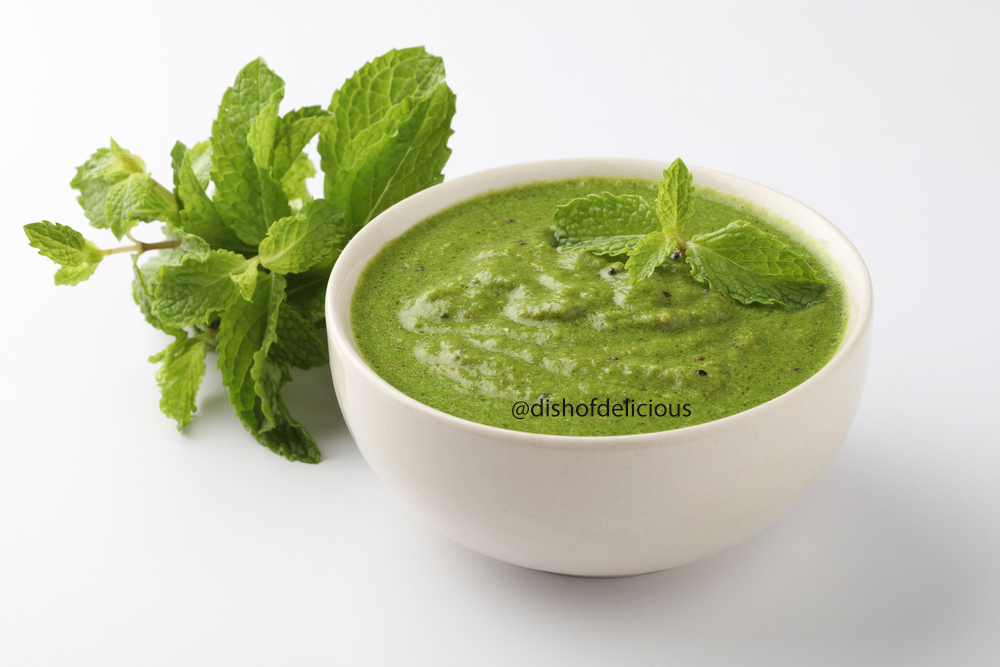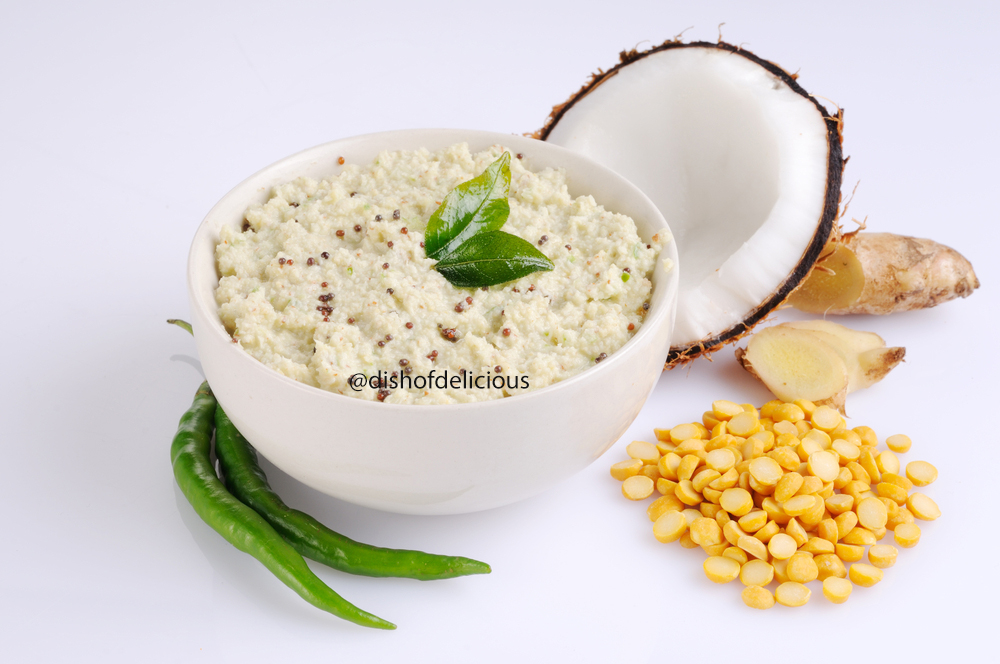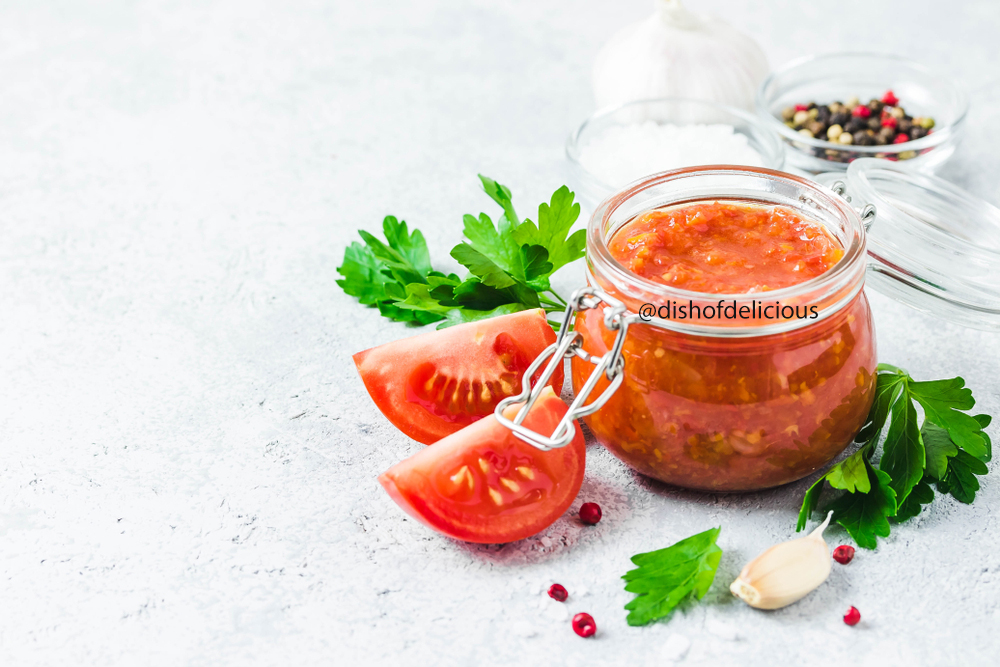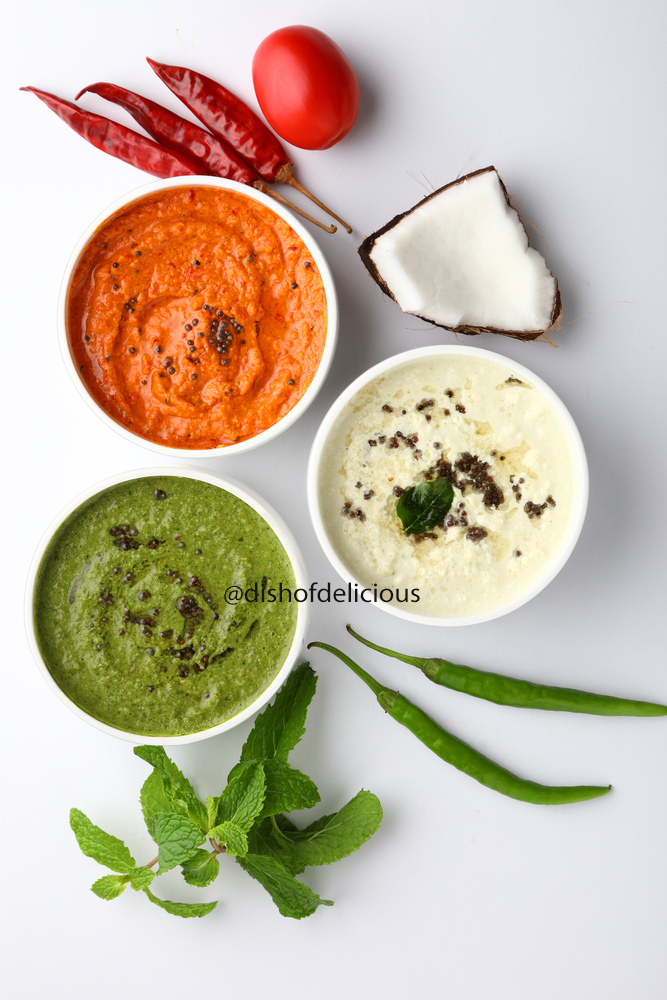Introduction:
- Indian cuisine is a treasure trove of flavors and aromas, and chutneys hold a special place in its heart. These versatile condiments not only elevate the taste of various dishes but also add a burst of freshness to the entire meal. Today, we embark on a culinary journey to explore three delightful chutney recipes that will tantalize your taste buds and transport you to the vibrant streets of India. Join us as we learn to prepare the Green Mint Chutney (Pudina Chutney), Coconut Chutney, and Tomato Chutney – each a unique masterpiece in itself.
1. Green Mint Chutney (Pudina Chutney):

- Our first stop is the Green Mint Chutney, popularly known as Pudina Chutney. Bursting with the invigorating flavors of fresh mint leaves, this chutney is a delightful companion to an array of Indian snacks. Its zesty kick comes from the combination of mint leaves, coriander, green chilies, and the tanginess of lemon juice. Here’s how you can create this refreshing condiment in your kitchen:
Ingredients:
- 1 cup fresh mint leaves (pudina)
- 1/2 cup fresh coriander leaves
- 1-2 green chilies (adjust to your spice preference)
- 1 small onion, chopped
- 2-3 garlic cloves
- 1-inch piece of ginger, chopped
- 1 tablespoon lemon juice
- Salt to taste
- 2 tablespoons roasted peanuts or roasted gram dal (optional, for thickness)
- Water, as needed
Instructions:
- In a blender or food processor, combine mint leaves, coriander leaves, green chilies, chopped onion, garlic, ginger, lemon juice, salt, and optionally roasted peanuts or roasted gram dal.
- Blend everything into a smooth paste, adding water as needed to achieve the desired consistency.
- Taste the chutney and adjust salt and lemon juice to your preference.
- Transfer the chutney to a serving bowl and pair it with mouthwatering snacks like samosas or pakoras. You can even use it as a spread for sandwiches.
Frequency Asked Questions (FAQ)
Q1: Can I make the Green Mint Chutney ahead of time?
A: Absolutely! Green Mint Chutney stays fresh for a few days when stored in an airtight container in the refrigerator. It’s a great time-saving option for parties or gatherings.
Q2: Is this chutney very spicy?
A: The spiciness of the Green Mint Chutney can be adjusted according to your preference. If you prefer it milder, use fewer green chilies or remove the seeds before blending.
Q3: Can I use this chutney as a sandwich spread?
A: Yes, Green Mint Chutney works wonderfully as a zesty spread for sandwiches. It adds a burst of flavor to any plain or grilled sandwich.
2. Coconut Chutney:

- Next, we venture into the southern regions of India to savor the creamy and luscious Coconut Chutney. This classic accompaniment is a favorite among dosa, idli, and vada lovers. With its subtle coconut flavor and a hint of spice, this chutney is a true gastronomic delight. Here’s how you can recreate this South Indian gem in your own kitchen:
Ingredients:
- 1 cup grated coconut (fresh or frozen)
- 2-3 green chilies (adjust to taste)
- 1/4 cup roasted chana dal (split chickpeas)
- 1 small onion, chopped
- 1-2 garlic cloves
- 1-inch piece of ginger, chopped
- 1 tablespoon tamarind paste or 1/2 tablespoon tamarind pulp
- Salt to taste
- Water, as needed
- For tempering (optional):
- 1 tablespoon vegetable oil
- 1/2 teaspoon mustard seeds
- A few curry leaves
Instructions:
- In a blender or food processor, blend grated coconut, green chilies, roasted chana dal, chopped onion, garlic, ginger, tamarind paste, and salt into a smooth paste, adding water as needed.
- For an optional tempering, heat oil in a pan, add mustard seeds and allow them to splutter. Turn off the heat and add the curry leaves. Mix well the tempering with the chutney.
- Serve this velvety Coconut Chutney alongside dosas, idlis, or vadas for an authentic South Indian experience.
Frequency Asked Questions (FAQ)
Q1: Can I use frozen coconut instead of fresh coconut for the Coconut Chutney?
A: Yes, you can use frozen grated coconut as a substitute for fresh coconut. Make sure to thaw it before using it in the recipe.
Q2: What is the purpose of the tempering in Coconut Chutney?
A: The tempering, also known as tadka, adds an extra layer of flavor to the chutney. It consists of mustard seeds and curry leaves sizzling in hot oil, enhancing the overall taste of the chutney.
Q3: Can I use this Coconut Chutney as a dip for snacks other than dosas and idlis?
A: Absolutely! Coconut Chutney pairs well with various snacks like pakoras, bajjis, and even as a dip for vegetable sticks.
3. Tomato Chutney:

- Finally, we return to the heart of India to relish the tangy and spicy Tomato Chutney. This versatile chutney perfectly complements various dishes, including dosas, idlis, and rice. The delightful blend of tomatoes, onions, and aromatic spices creates a symphony of flavors that will leave you craving more. Let’s learn how to prepare this tantalizing chutney:
Ingredients:
- 3 large tomatoes, chopped
- 1 medium onion, chopped
- 2-3 dried red chilies (adjust to spice preference)
- 1 tablespoon urad dal (black gram dal)
- 1 tablespoon chana dal (split chickpeas)
- 1/2 teaspoon mustard seeds
- 1/2 teaspoon cumin seeds
- A pinch of asafoetida (hing)
- 2 tablespoons vegetable oil
- Salt to taste
- Water, as needed
Instructions:
- Melt 1 tablespoon of oil in a saucepan over medium heat. Add mustard seeds and let them splutter. Then add cumin seeds, urad dal, and chana dal. The dals should be cooked until golden brown.
- Add dried red chilies and chopped onion. Cook until the onion becomes translucent.
Cook the chopped tomatoes until they become soft and mushy. - Allow the mixture to cool and then transfer it to a blender or food processor. Add water if necessary to make a smooth paste.
- Put 1 tablespoon of oil in the pan and heat it up. Add a pinch of asafoetida and the blended tomato chutney.
Cook the chutney for a few minutes, stirring occasionally, until it reaches the desired consistency. - Season with salt and mix well.
- Relish the tantalizing Tomato Chutney with dosas, idlis, or rice for a burst of flavor.
Frequency Asked Questions (FAQ)
Q1: Can I use canned tomatoes instead of fresh tomatoes for Tomato Chutney?
A: While fresh tomatoes are preferred for their flavor, you can use canned tomatoes as a substitute if fresh ones are not available. However, adjust the seasoning accordingly, as canned tomatoes might have added salt.
Q2: Is the Tomato Chutney very spicy?
A: The spiciness of the Tomato Chutney can be controlled by adjusting the number of dried red chilies used. If you prefer it less spicy, reduce the number of chilies or remove the seeds before blending.
Q3: Can I serve this chutney with non-Indian dishes?
A: Absolutely! Tomato Chutney’s tangy and spicy flavors make it a versatile condiment. It can complement a wide range of dishes, including grilled meats, sandwiches, and even as a dip for tortilla chips.
Conclusion:
- Indian chutneys are a testament to the rich culinary heritage of the subcontinent. From the refreshing Green Mint Chutney and the creamy Coconut Chutney to the tangy Tomato Chutney, each one brings a unique taste experience to the table. Whether you’re a fan of South Indian delicacies or prefer North Indian delights, these chutneys are versatile enough to complement various dishes. So, unleash your inner chef, and immerse yourself in the tantalizing flavors of India with these delightful chutney recipes.



